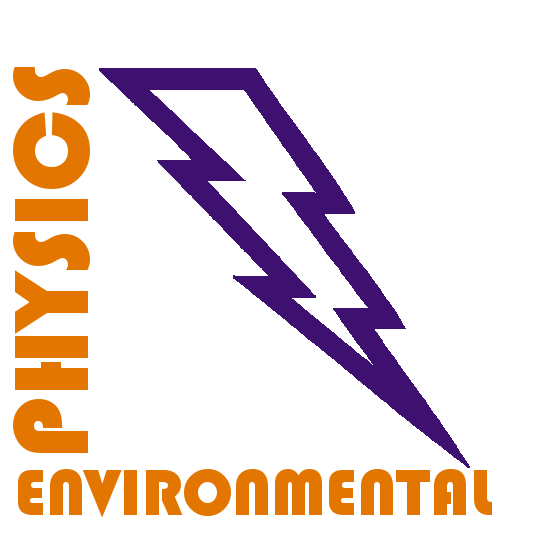Dielectric barrier discharge combined with photocatalysis for the treatment of indoor air
Vazquez T., Wiederman D., Babic J., Lavrikova A., Machala Z.
2nd Annual Meeting of COST Action PlasTHER “Therapeutical applications of cold plasmas”, Bologna, Italy, September 04-07, p. (2023)
požiadaj o kópiu
|
|
Abstrakt: Bioaerosols and chemical pollutants are present in most indoor air environments and can cause respiratory, cardiovascular, and oncological diseases. It is an important health issue as it might be responsible for an excess of millions of deaths each year [1]. Increasing indoor air quality would be therefore a major advance for public health. However, most of the conventional technologies for air purification are using non-destructive methods: the pollutants are trapped by filters that can later become a secondary source of pollution. Innovative technologies such as cold atmospheric plasma and photocatalysis can be used as destructive methods to decompose chemical pollutants and inactivate microbes and viruses without filters. Moreover, combining these two techniques may offer a very effective hybrid air decontamination device, as studies suggest a synergetic effect [2].
In this study, we used cold atmospheric plasma and photocatalysis for the treatment of indoor air at large gas flow rates (>300 L/min). We designed an air decontamination device that combines a surface Dielectric Barrier Discharge (DBD) for the plasma generation (Fig. 1), and a TiO2 coating which is activated by UV-A LEDs. Experiments aimed at decomposing chemical pollutants to form CO2 and H2O and assessing bioaerosol inactivation containing bacteria E. Coli.
Despite a short gas residence time, results showed that the device is efficient to decompose chemical pollutants (tests were performed with acetaldehyde, acetone and formaldehyde). However, several passes into the device are needed to completely remove the pollutants. Further investigations are required to assess the effect on bacteria E. Coli. We also monitored the concentration of ozone generated by the DBD, which is not desired for human exposure but its excess is well decomposed by the photocatalytic process.
This work was supported by Slovak Research and Development Agency APVV-17-0382, APVV-22-0247, and APVV-20-0566, and a postdoctoral support of Comenius University Bratislava.
References
[1] World Health Organization, WHO guidelines for indoor air quality: selected pollutants, Regional Office for Europe (2010)
[2] A. Bogaerts et al, J. Phys. D: Appl. Phys., 53, 443001 (2020)
|

